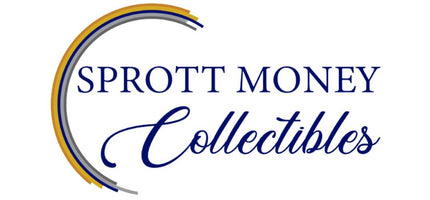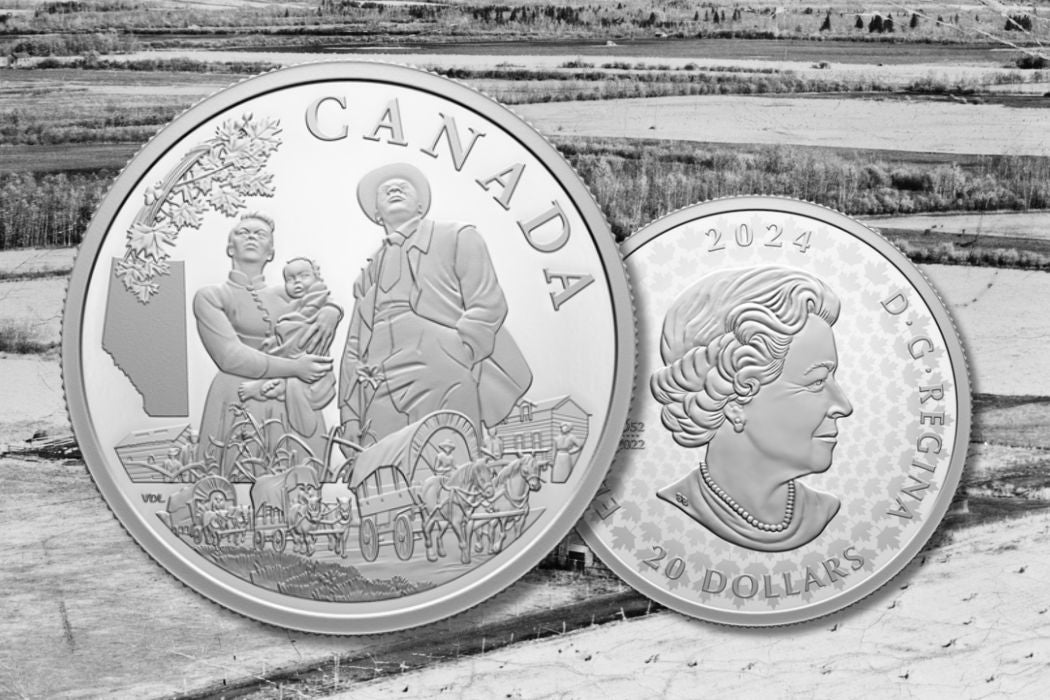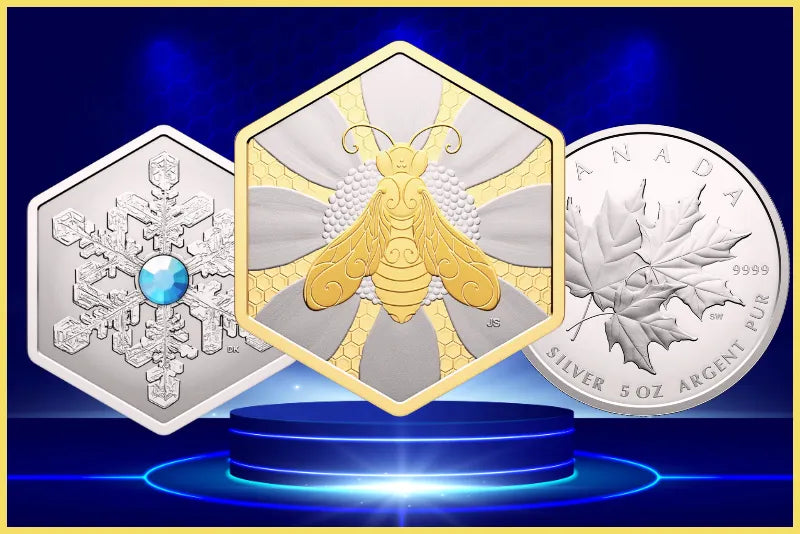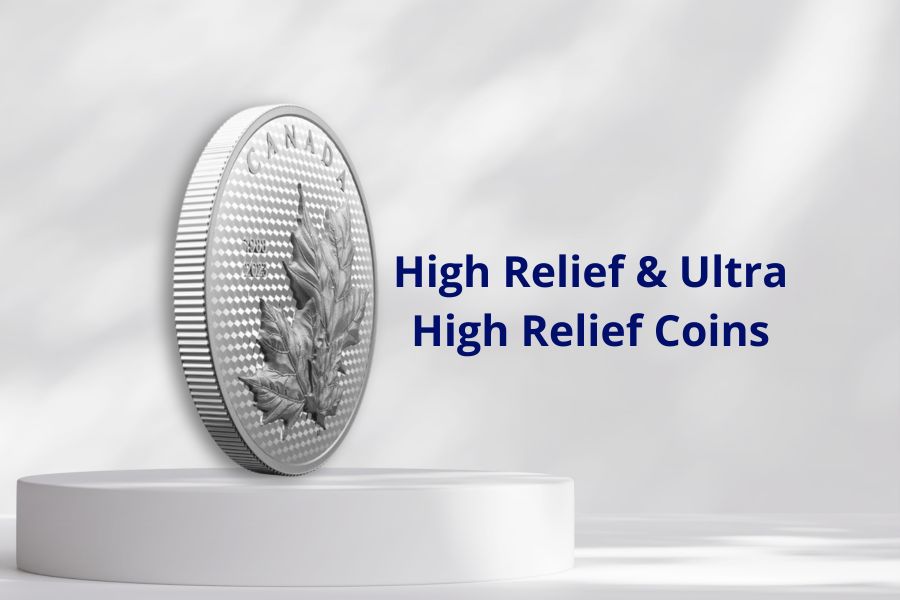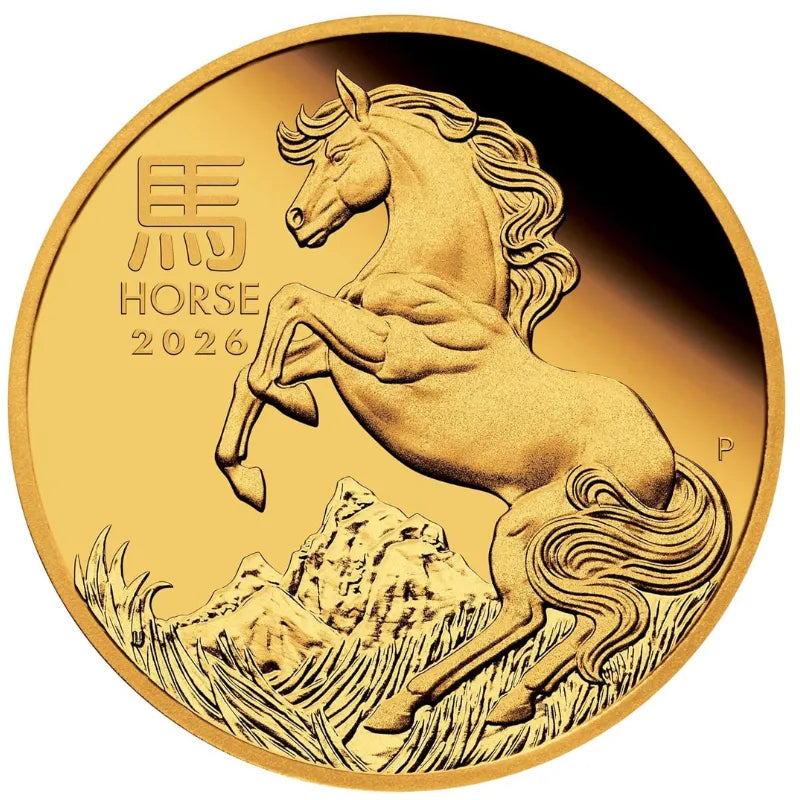What Is The Face Value On Coins?
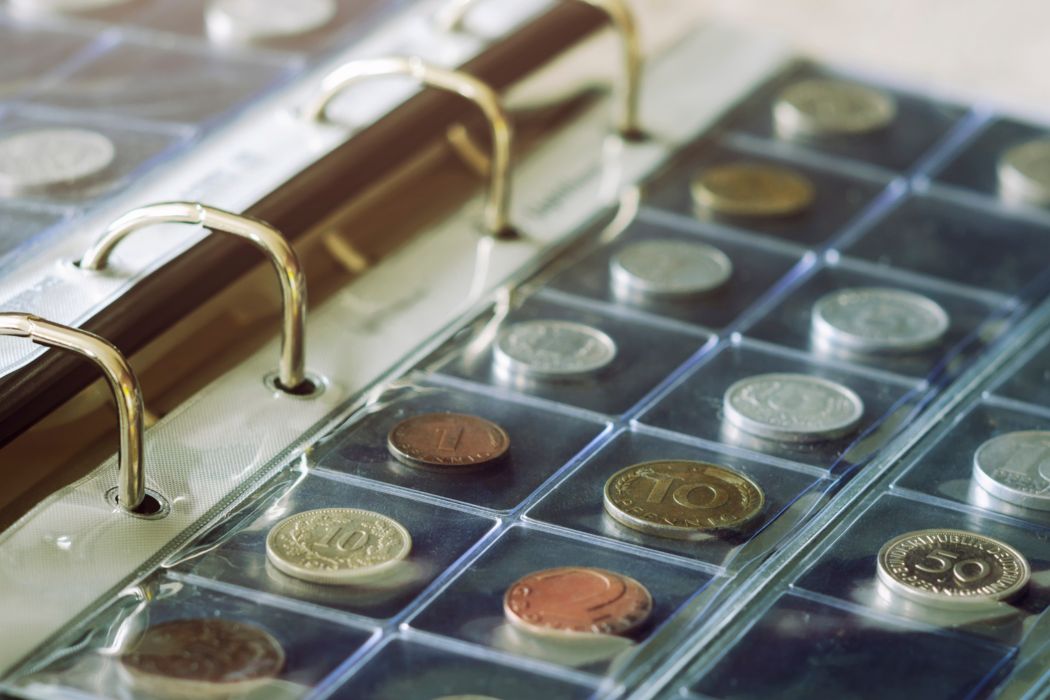
Determining a coin's face value is typically straightforward; you can find it by checking either the front or back side of the coin. For instance, the back of a standard Canadian dollar (loonie) states "dollar", while a toonie indicates "2 dollars". This value represents the coin's worth as currency.
The paper currency operates under the same principle. Although the materials used to produce a dollar bill hold minimal intrinsic value, it is assigned a face value to enable its exchange for goods. Before the Great Depression, all paper money in the U.S. was backed by gold. While the direct convertibility of the U.S. dollar to gold was officially terminated under President Nixon, proponents of the Gold Standard advocated for its reinstatement due to gold's status as a precious metal with intrinsic value.
However, The concept of face value extends beyond mere numerical representation; it embodies trust and confidence in the currency system. When we use the term "taking something at face value" colloquially, it implies accepting something at its apparent worth without delving deeper into its intrinsic value or underlying factors.
Differentiating between face value and intrinsic value can be confusing, especially with coins. Take, for example, the 2024 1 oz Gold Maple Leaf Coin produced by the Royal Canadian Mint, which carries a face value of $50 but is actually worth over 2,800 Canadian Dollars. Conversely, a Canadian loonie may have a face value of $1, but its metal content is typically worth way less than that if melted down.
What about collectible coins face value?
A collectible coin's face value is the nominal worth assigned to it by the issuing authority, such as a government or company and typically engraved directly onto the coin's surface. This value serves as a legal tender and does not necessarily reflect its true market worth. Factors such as melt value (the base worth of the metal it contains), historic value, aesthetic features, mint year, grade or condition, scarcity, and demand among collectors can greatly influence a coin's market value. Therefore, collectors and investors must consider these additional factors when assessing the true worth of a collectible coin.
The connection between collectibles and face value is multi-dimensional. Collectibles can be used to showcase one's knowledge, taste, and expertise in a particular field, thereby enhancing one's "face value." Conversely, building a strong reputation and network within the collector community can increase the demand and desirability of one's collectibles.
In conclusion, a coin's face value plays a fundamental role in the monetary system, serving as a standardized measure for transactions. While legally significant, it's essential to acknowledge that a coin's true worth can surpass its face value, influenced by economic and market factors. Therefore, understanding the distinction between face value and intrinsic value is crucial for both collectors and investors in assessing a coin's overall value.
Shop collectible coins now!
